|
|
|
|
|
|
|
|
Photo Gallery for Pituophis melanoleucus - Eastern Pinesnake
| 9 photos are shown. |
 | Recorded by: Becky Elkin and Jim Petranka
Richmond Co.
Comment: | 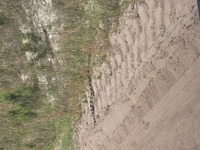 | Recorded by: Will Gibson
Brunswick Co.
Comment: |
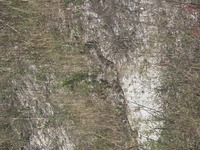 | Recorded by: Will Gibson
Brunswick Co.
Comment: | 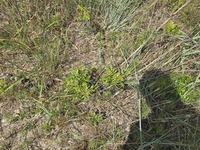 | Recorded by: Will Gibson
Brunswick Co.
Comment: |
 | Recorded by: Jackie Goodman
Hoke Co.
Comment: |  | Recorded by: Bruce Sorrie
Richmond Co.
Comment: |
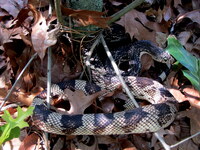 | Recorded by: ASH, K. Hyre, T. Heffner
Moore Co.
Comment: |  | Recorded by: ASH
Moore Co.
Comment: |
 | Recorded by: Susan Campbell
Moore Co.
Comment: |
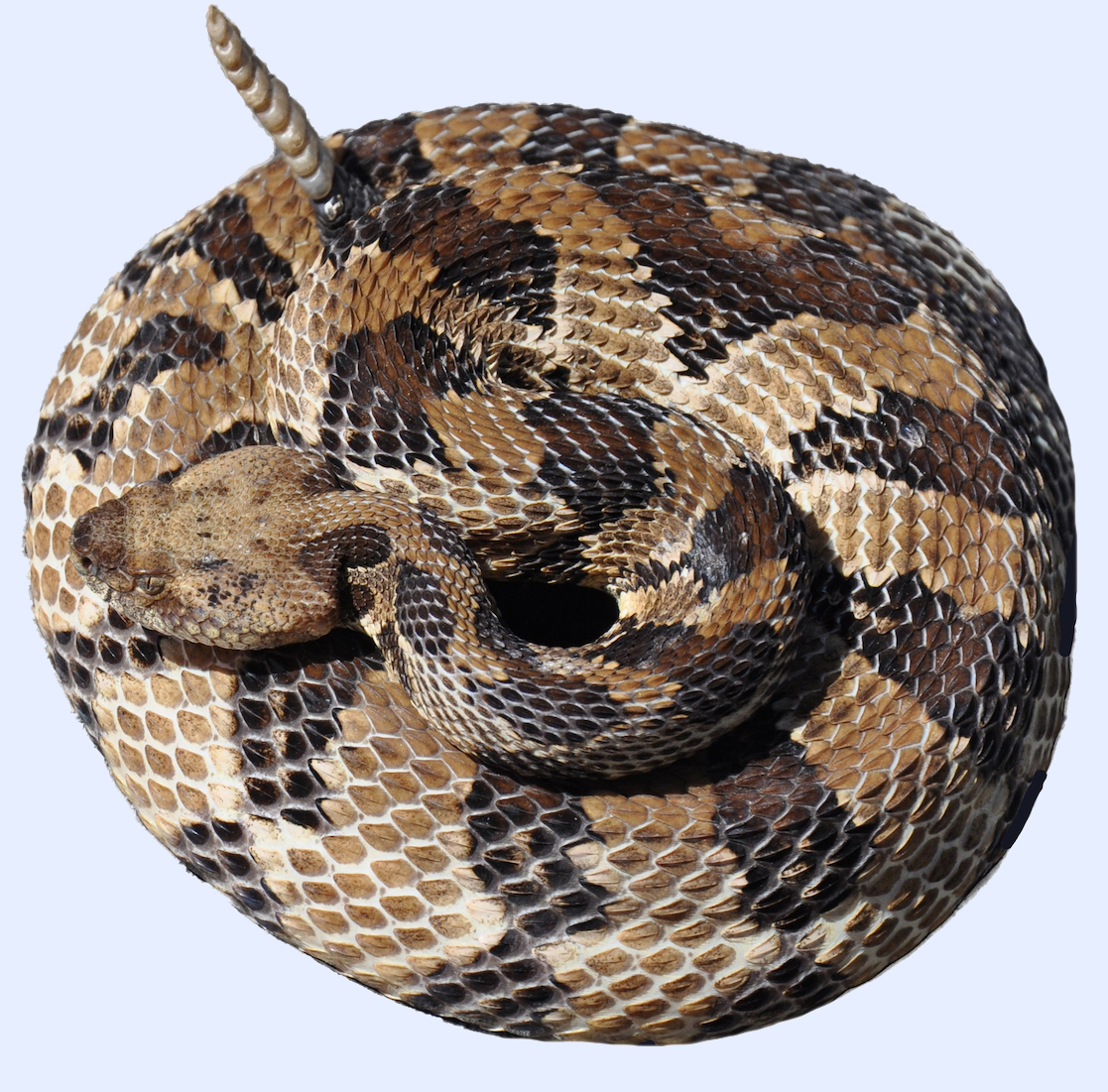
 »
» 


 »
» 
